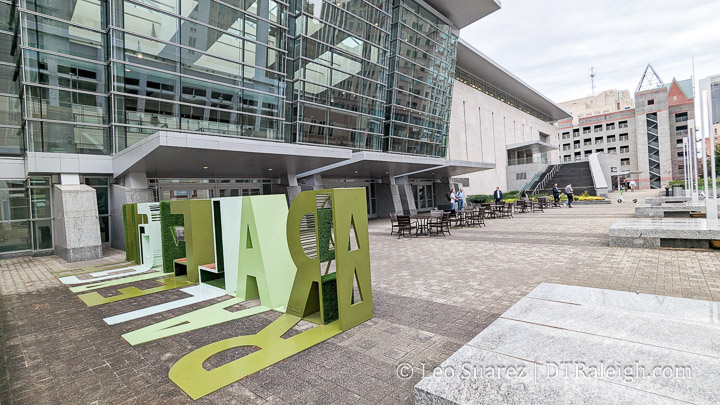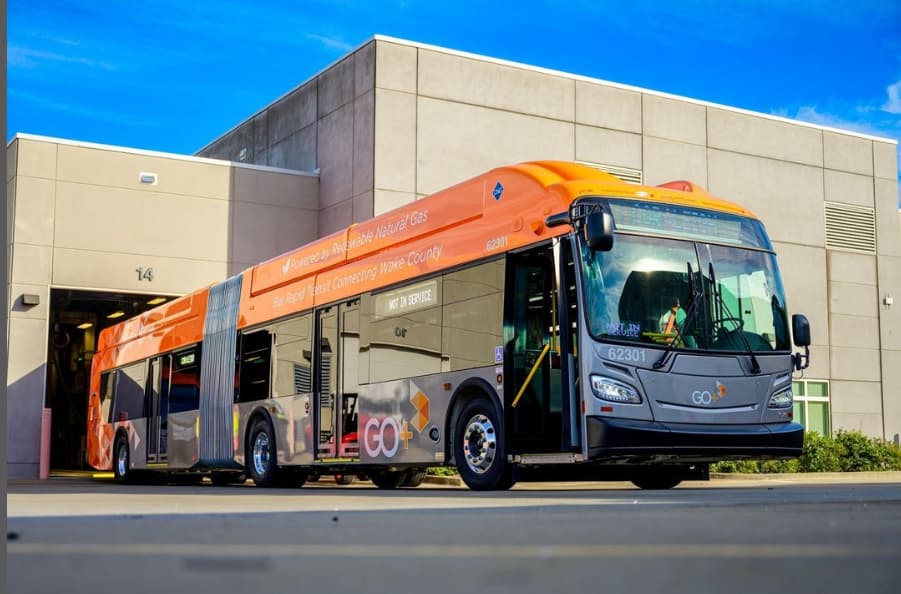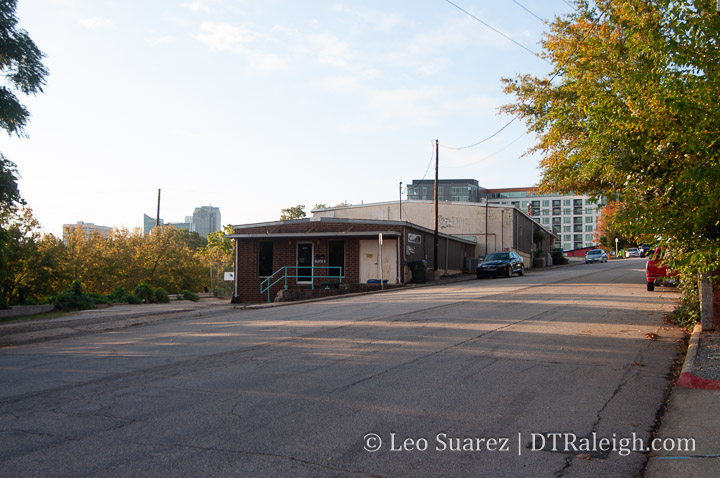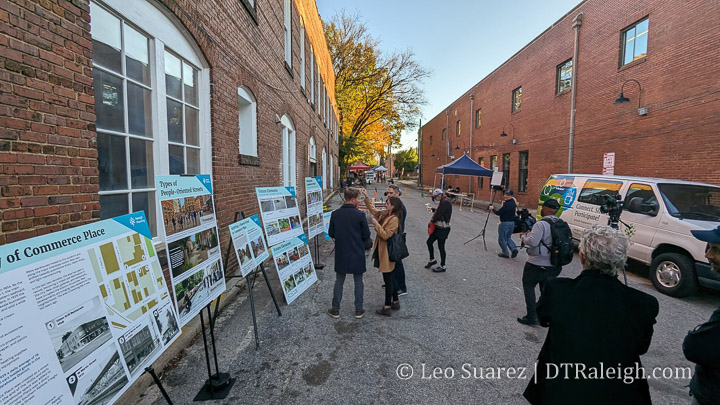
Should we start calling the southern end of downtown “The Convention District” or maybe “The Entertainment District”? Those are probably the most boring names I could think of but it seems the Raleigh Convention Center is poised to grow it’s influence on downtown this decade. This month, the Raleigh City Council approved agreements with a developer to start work on a 550-room convention hotel nearby. This would support a future convention center expansion which is also working it’s way through the planning process.
Continue reading →


